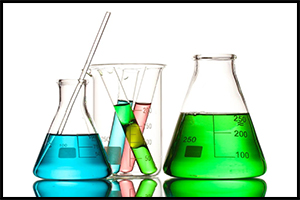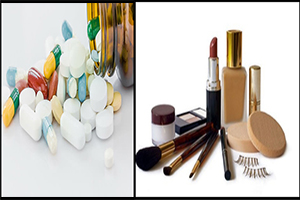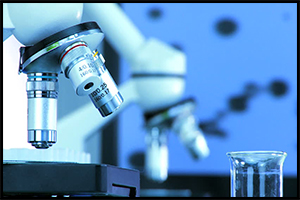Agriculture Sector

Nanotechnology has ultimately aims to maximize agriculture output (i.e., crop yields), while minimizing input (i.e., fertilizers, pesticides, and herbicides). Nanomaterials like MWCNTs can penetrate seeds and increase the germination rate by enhancing the seed water uptake and utilization efficiency of the plants. Silicon, TiO2-, alumina- and copper- NPs have also been suggested as potential candidates for controlling a range of agricultural pests, enhancing plant tolerance of various abiotic and biotic stresses, and improving the performance of plant growth compared to their coarser bulk materials.
Read more









